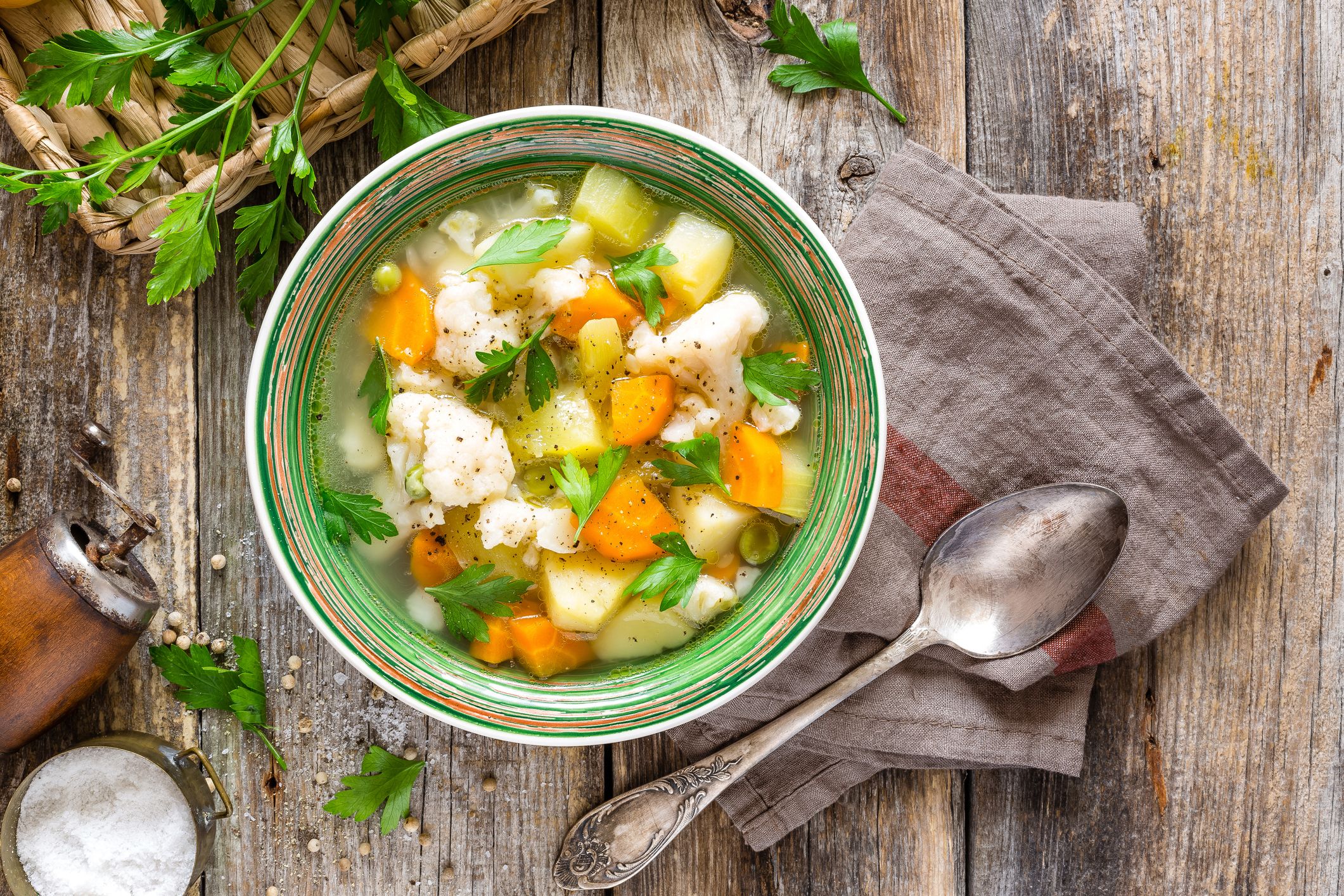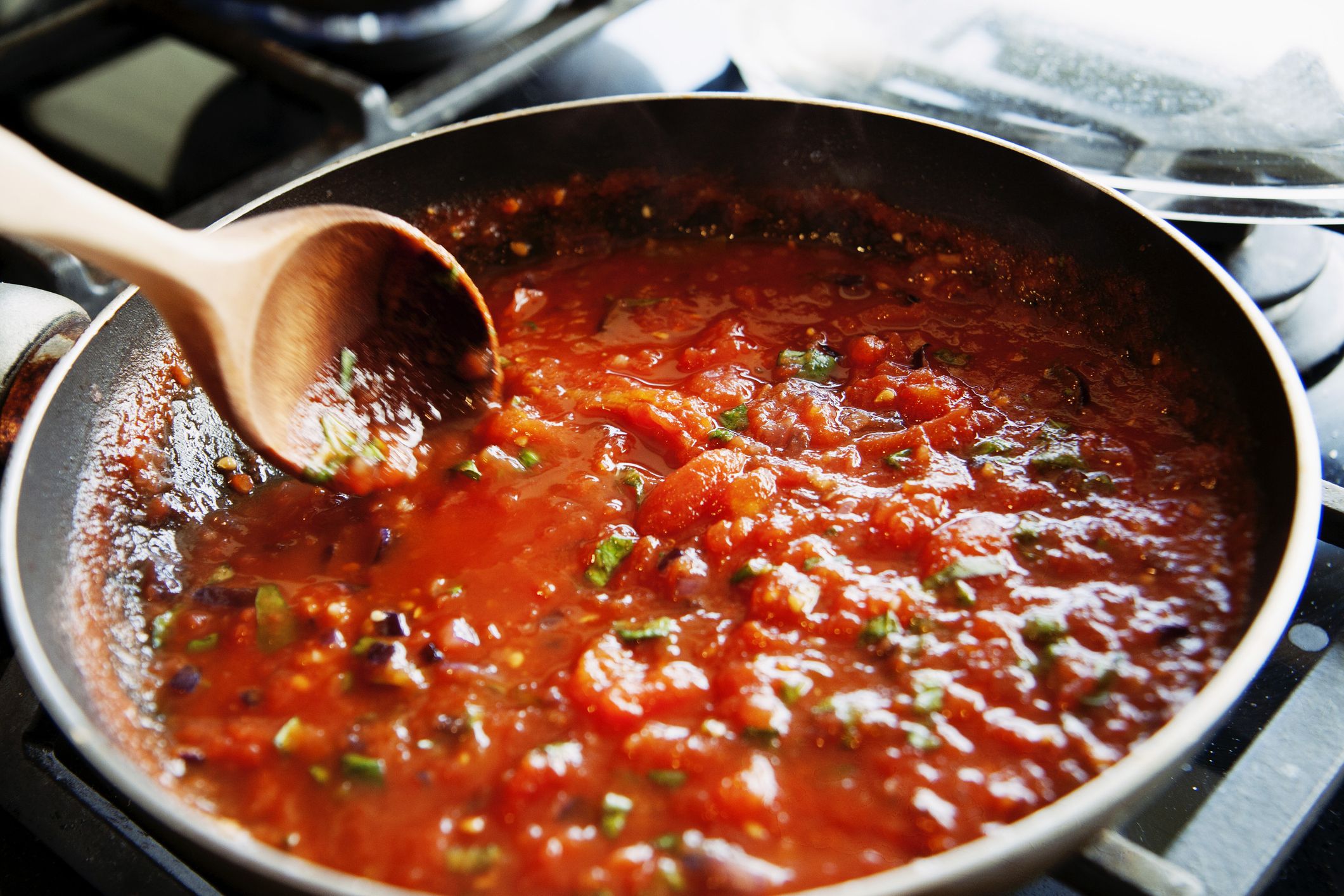Muffins have sugar. Cookies have sugar. Candy definitely has sugar. But the packaged items in the non-dessert sections of the market—they’re usually safe, right?
Errr, sometimes…but not as often as you might think. There are actually a ton of seemingly good-for-you foods that are basically sweet treats in disguise. So if you’re keeping tabs on your carb or sugar intake, they should for sure be on your radar.
What should you be watching for? We tapped Lori Zanini, RD, CDE, creator of For The Love of Diabetes, to reveal some of the most common sugary offenders. Plus, she offers up her easy, unexpected advice for making healthier versions at home.
1. Instant oatmeal
 4nadiaGetty Images
4nadiaGetty Images
Those little flavored packets are convenient and seemingly pretty wholesome. But don’t be fooled: Added sweeteners are usually near the top of the ingredients list, with a single baggie delivering around 10 grams of sugar. That’s almost the same as a fun-size Snickers, people.
 Truvia Spoonable Natural Stevia Sweeteneramazon.com$5.00SHOP NOW
Truvia Spoonable Natural Stevia Sweeteneramazon.com$5.00SHOP NOW
Make it better at home
Making individual DIY oatmeal packets isn’t much of a time-saver when microwaving a bowl of regular rolled oats only takes, like, two minutes. So go with that option and sweeten it up with a packet of Truvia Natural Sweetener, recommends Zanini. (Truvia is made of erythritol, stevia leaf extract, and natural flavors, and has zero sugar!) Then stir in a few fast flavorings like chopped unsweetened dried fruit, a spoonful of nut butter, or a sprinkle of cinnamon. Easy.
2. Canned or boxed soup
 YelenaYemchukGetty Images
YelenaYemchukGetty Images
Sugar and soup don’t seem like they quite go together, and yet plenty of the options you’ll find on store shelves are lurking with hidden sweeteners. You’ll find around 5 grams of sugar in a can of minestrone, for instance, and a whopping 16 grams in a can of beef chili. Is this dinner or dessert?
Make it better at home
Take a look at one of your favorite soup recipes—see any sugar? Most likely the answer is no, so feel free to just keep it that way, Zanini says. If your soup seems like its lacking in the flavor department, give it a boost with a handful of chopped fresh herbs, a sprinkle of lemon zest or grated Parmesan, a swirl of pesto, or a few drops of red wine vinegar.
3. Salad dressing
 Sergio AmitiGetty Images
Sergio AmitiGetty Images
When you picture a big bowl of leafy greens, you probably aren’t thinking of sugar. But you’ll get quite a bit of the sweet stuff if you use certain store-bought bottled dressings. A typical two-tablespoon serving of honey mustard dressing has 5 grams of sugar, while the same amount of raspberry vinaigrette can pack as much as 8 grams.
Make it better at home
Whipping up your own sugar-free salad dressing is a cinch. Just combine two parts olive oil and one part of your favorite vinegar with your favorite flavorings (try fresh chopped herbs, toasted spices, or chopped nuts or seeds) in a jar and shake for a minute or two until the mixture gets creamy and thick. Prefer a sweeter salad topper? A packet of Truvia Natural Sweetener deliver the flavor you crave. Try the brand’s recipe for creamy poppy seed dressing or their sesame ginger dressing.
4. Tomato sauce
 ARTindividualGetty Images
ARTindividualGetty Images
Jarred tomato sauce is a savory food, obvi. But most manufacturers also add sugar to their recipes, which can help balance out the tomatoes’ natural acidity, Zanini says. And the amounts can be pretty generous: A cup of store-bought sauce typically serves up around 8 grams of sugar, about the same as what you’d find in two Oreos.
Make it better at home
If your go-to recipe calls for sugar, try just leaving it out. “You likely won’t notice the difference, and you’ll save around 2 grams of added sugar,” Zanini says. (Hey, every little bit counts, right?)
If you find that skipping the sweet stuff leaves your sauce a little too tangy, you could also add some baking soda. “It lowers the pH of the sauce, so it can also balance out the acidity,” says Zanini. Since a little can go a long way, add the baking soda to taste, starting with just a pinch.
5. Enriched water
 Science Photo LibraryGetty Images
Science Photo LibraryGetty Images
Vitamin and electrolyte waters might seem like a smart way to hydrate. And they can be, except for the fact that many are flavored with pesky added sugars—around 13 grams per 8-ounce serving.
Make it better at home
You can make your own electrolyte drink with simple ingredients. Just combine 2 cups of unsweetened coconut water with 1 cup of 100% orange juice and 1/8 tsp salt, Zanini recommends. Yes, the orange juice delivers some naturally occurring sugars, but, “using it to make your own drink at home ensures you aren’t having more sugar than necessary. And you’ll save about 12 grams of added sugar on average,” Zanini says.
Source: Read Full Article